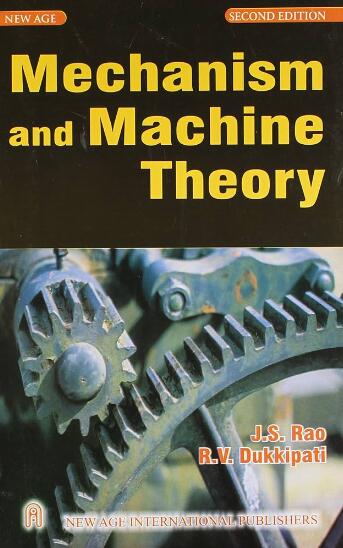Design, modeling and analysis of a variable camber wing based on initially curved beams
IF 4.5
1区 工程技术
Q1 ENGINEERING, MECHANICAL
引用次数: 0
Abstract
In recent years, variable camber wings (VCWs) have gained significant attention in the aviation industry due to their potential to enhance fuel efficiency, reduce noise, and improve the lift-to-drag ratio. Despite extensive efforts to design VCWs, achieving both large deformations and high load-bearing capacities remains challenging. This paper introduces a novel methodology for designing morphing trailing edge based on initially curved beams (ICBs) and develops a comprehensive mathematical model for its analysis and design. We perform a compliance analysis of ICBs with varying geometry to propose a conceptual design for the trailing edge structure. The flexible structure is modeled using geometrically nonlinear Euler-Bernoulli beam theory within the Frenet framework, and its validity is confirmed through finite element analysis. The structural design is formulated as a constrained optimization problem, solved with efficient numerical methods to ensure precise deformation, load-bearing capability, and low stress levels. An optimized prototype of the morphing trailing edge has been manufactured and experimentally tested, demonstrating a camber range of ±25 °, with theoretical analysis and experimental results showing high consistency.
基于初始弯曲梁的可变外倾角机翼的设计、建模和分析
近年来,可变外倾角机翼(VCW)因其在提高燃油效率、降低噪音和改善升阻比方面的潜力而备受航空业的关注。尽管在设计可变外倾角机翼方面做出了大量努力,但实现大变形和高承载能力仍然是一项挑战。本文介绍了一种基于初始弯曲梁(ICB)设计变形后缘的新方法,并为其分析和设计建立了一个全面的数学模型。我们对不同几何形状的 ICB 进行了顺应性分析,从而提出了后缘结构的概念设计。在 Frenet 框架内使用几何非线性欧拉-伯努利梁理论对柔性结构进行建模,并通过有限元分析确认其有效性。结构设计被表述为一个约束优化问题,通过高效的数值方法进行求解,以确保精确的变形、承载能力和低应力水平。已制造出变形后缘的优化原型并进行了实验测试,结果表明外倾角范围为 ±25°,理论分析和实验结果显示出高度一致性。
本文章由计算机程序翻译,如有差异,请以英文原文为准。
求助全文
约1分钟内获得全文
求助全文
来源期刊

Mechanism and Machine Theory
工程技术-工程:机械
CiteScore
9.90
自引率
23.10%
发文量
450
审稿时长
20 days
期刊介绍:
Mechanism and Machine Theory provides a medium of communication between engineers and scientists engaged in research and development within the fields of knowledge embraced by IFToMM, the International Federation for the Promotion of Mechanism and Machine Science, therefore affiliated with IFToMM as its official research journal.
The main topics are:
Design Theory and Methodology;
Haptics and Human-Machine-Interfaces;
Robotics, Mechatronics and Micro-Machines;
Mechanisms, Mechanical Transmissions and Machines;
Kinematics, Dynamics, and Control of Mechanical Systems;
Applications to Bioengineering and Molecular Chemistry
 求助内容:
求助内容: 应助结果提醒方式:
应助结果提醒方式:


